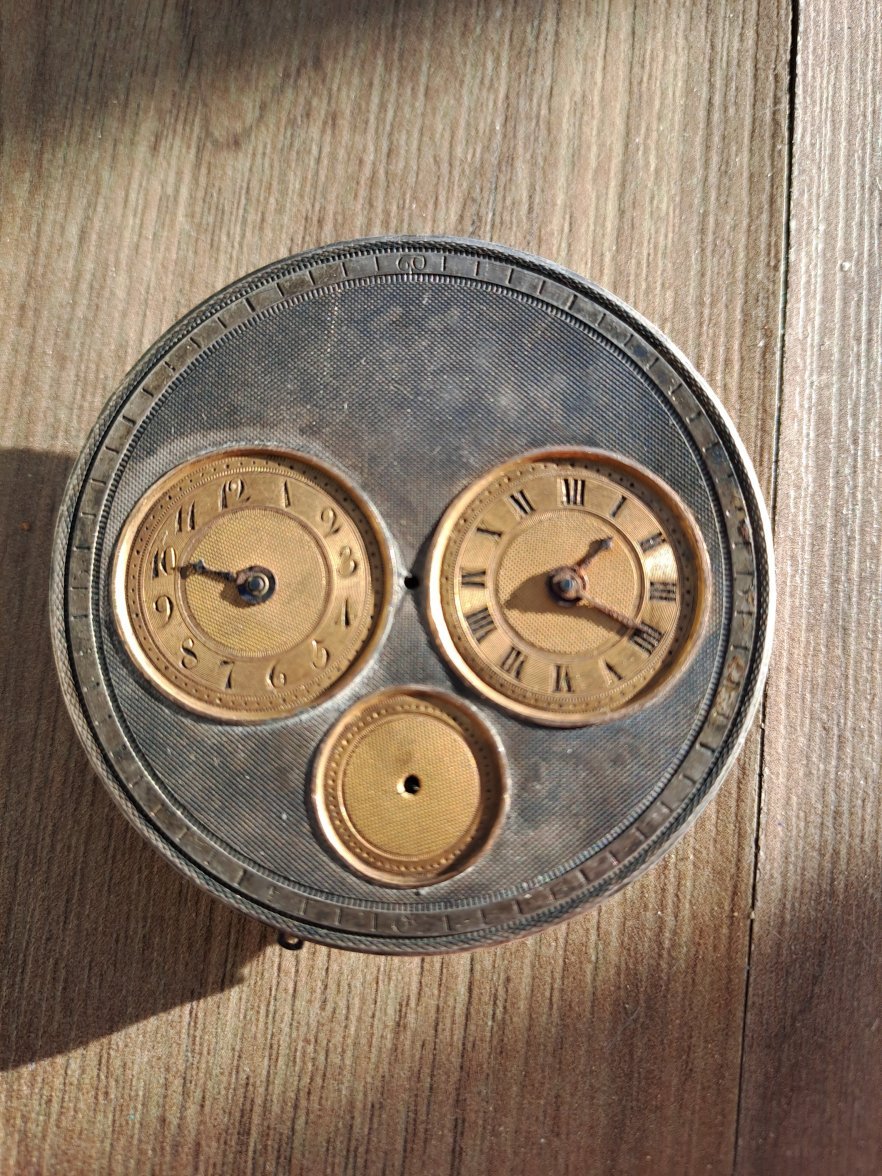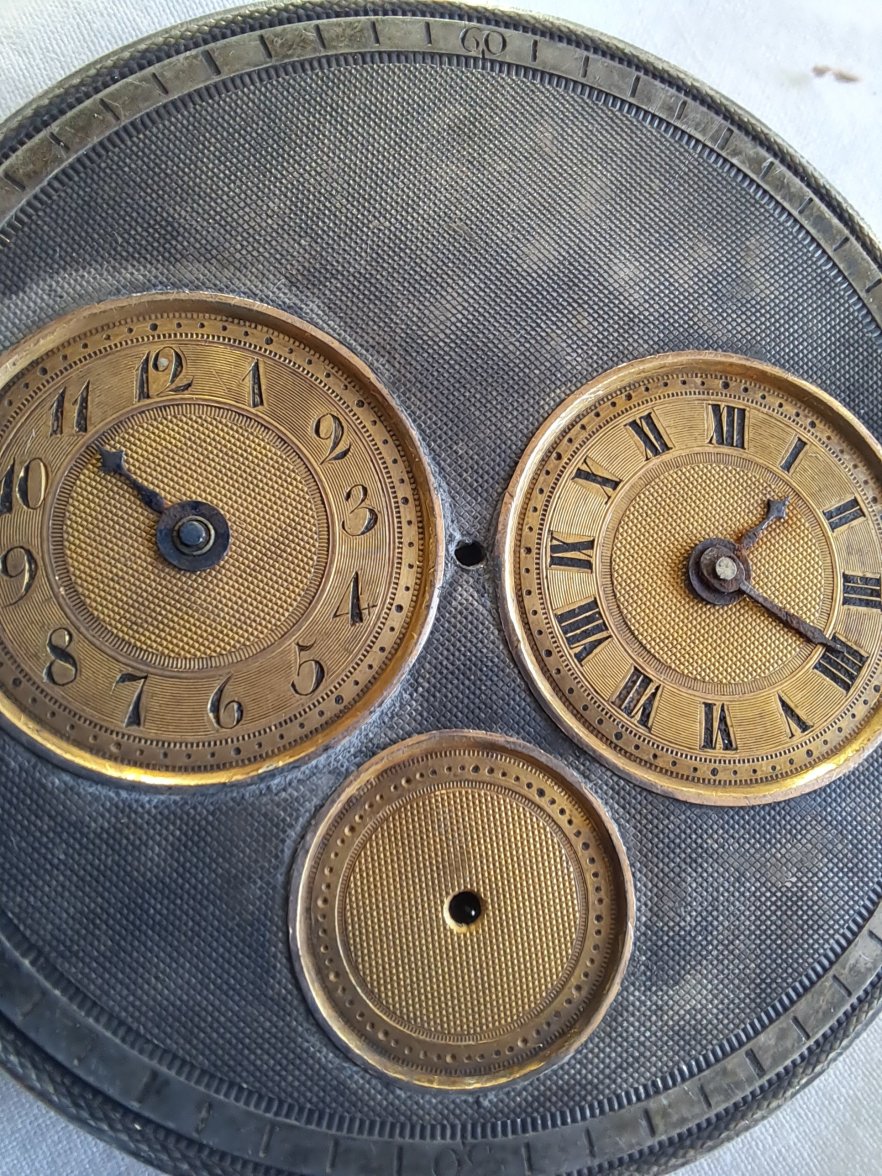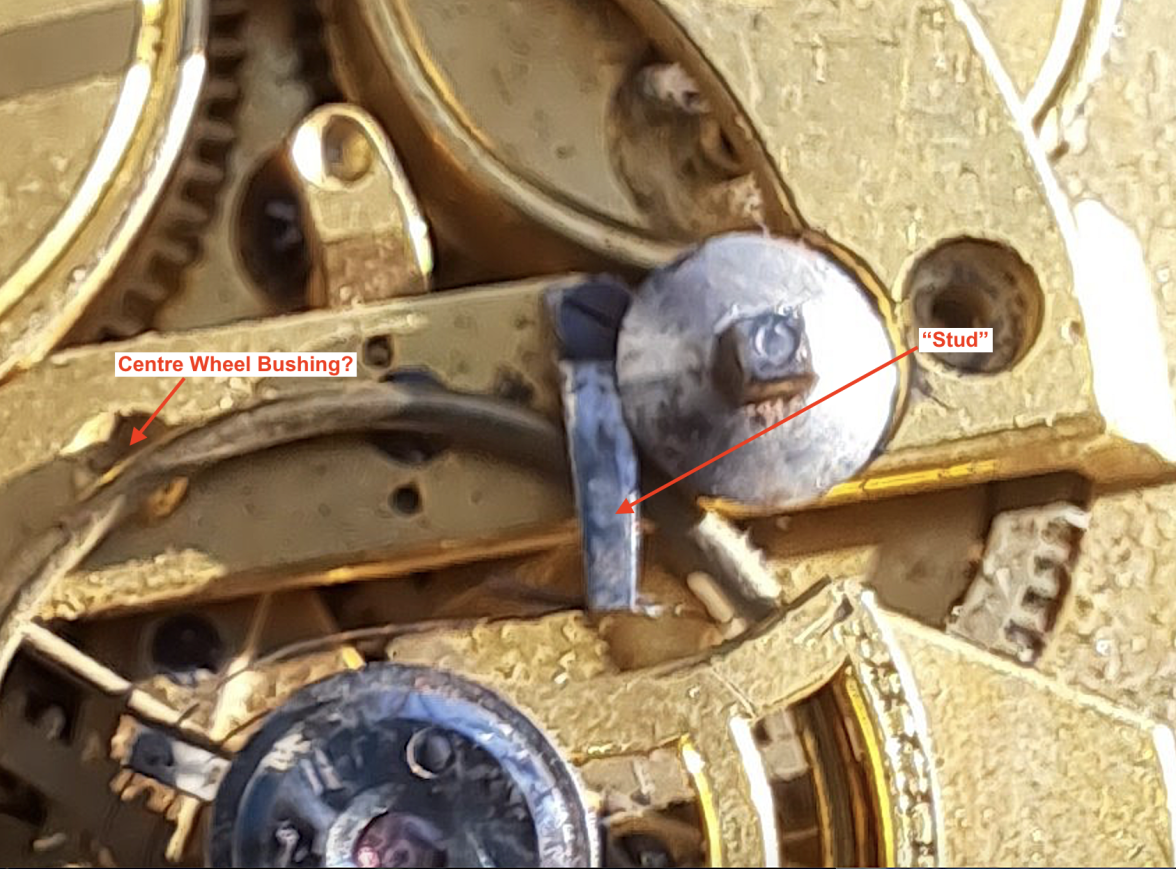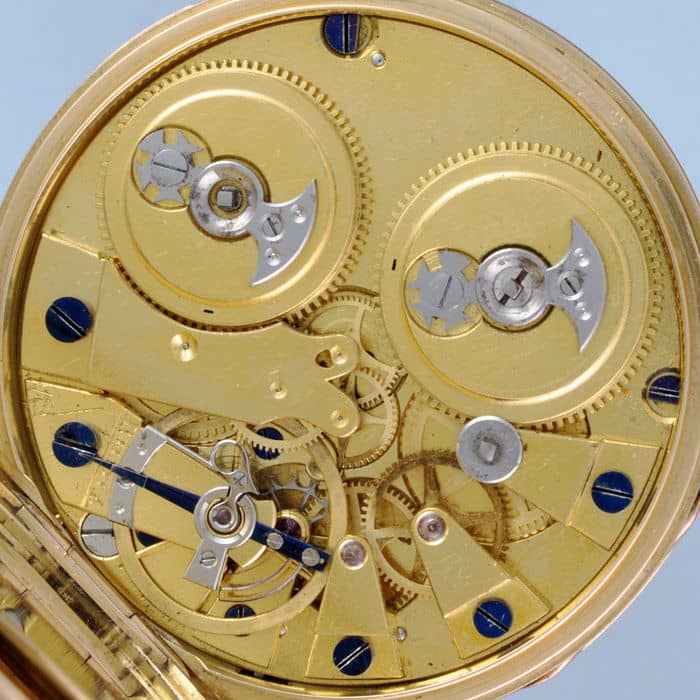Hi,
Indeed very likely Jean-Antoine Lepine, and correctly dated, maybe a few years later.
I would think that the movement originally had a gold case. If the case is missing, this is a problem, because you will likely not find someone near, who is able to make a suitable and historically correct case. The only person I know, who might be up to this job, is Seth Kennedy
https://www.grandeysplace.co.uk/craftspeople/seth-kennedy . He would also be able to restore the movement, but is not the only person for this.
Looking at your movement, I suppose that it had an independent central seconds hand (in addition to the seconds in the subdial). It is called independent, because it can be stopped and started independently of the time train. Since the arbor seems to be missing, several parts will need to be made, and the independent seconds mechanism is often very delicate.
Having this movement restored is a mayor job for a skilled horologist only, and accordingly expensive. And then still the case is missing, and even if a new case is made, it will remain a "mariage". So a complete restoration is only feasable for a real enthusiast, who does not mind substantial expenses, irrespective of a market value of the outcome. As an alternative you might just clean up the movement carefully and keep it as it is as an historical artefact. That would be the museal approach, i.e. conservation rather than restoration.
Cheers, Bernhard





